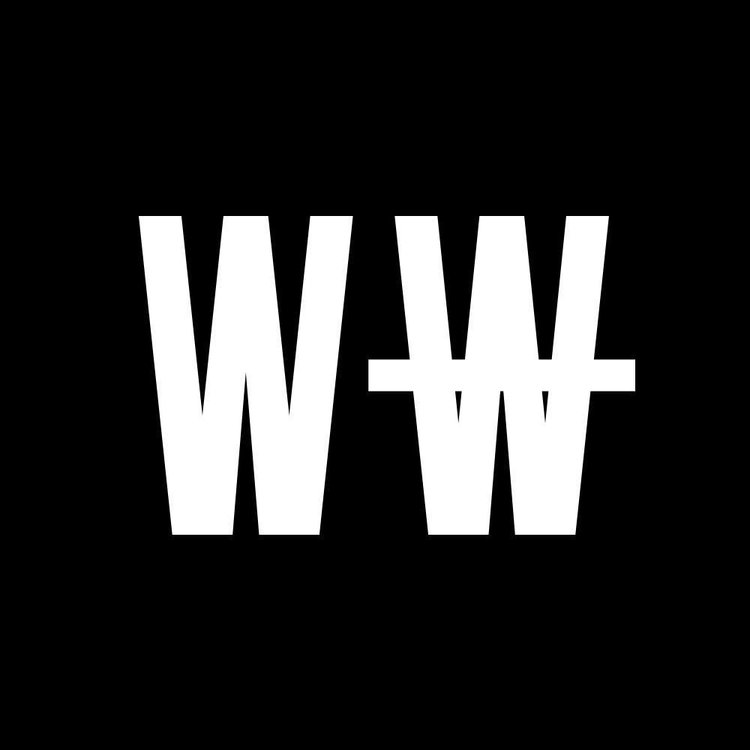The Infinity League: GIFs That Never End for Legacies That Never Die
WORKING NOT WORKING
With a lot of action going on now in every major sport, there's no better time to pay respect to the sports greats. WNW Members and creative partners Dan Koo and Matt Garcia linked up while working at 72andSunny in LA. Their immediate connection was due in part to a mutual respect of each other's work, but also thanks to an unending love of sports. Their latest project, The Infinity League, seems like the perfect avenue to showcase their creative skills and passion for sports. As they tell us in the interview below, "The Infinity League was born from a desire to create a bad-ass tribute for the sports legends we grew up with. The idea we landed on was to make GIFs that never end for legends that never die through infinite loop animations." Some of the legends include Mia Hamm forever sliding in celebration, to a butterfly morphing into Muhammad Ali, to Jim Brown breaking the tackles of Mars Attack! martians.
Tell us a little bit about your creative backgrounds. Who are Dan Koo and Matt Garcia and how did they get here?
Dan: I grew up in Los Angeles and loved to draw ever since I was little. I’d draw superheroes, dinosaurs, and Pokemon for kids at my school and they would pay with their lunch money. That was my first taste of art meeting commerce. I went to school at Art Center in Pasadena and my first job was at CP+B LA. Several years later I started freelancing at 72andSunny LA where I met Matt. Safe to say we hit it off.
Since moving to the east coast a few months ago, I’ve been freelancing around New York for agencies like Mother NY and Translation. It gives me time to keep working on The Infinity League.
Matt: I’m originally from Kansas where I spent summers working with my grandpa on the family farm. Going into college I had no real idea what I wanted to do, but fell into advertising after realizing news writing wasn’t for me. I applied and got accepted into Brandcenter in the copywriting track where I spent two years not just learning how to make ads, but learning how to think. Since then I’ve gone on to work at GSD&M and have been at 72andSunny LA for over a year now.
What was it about the other’s creative style that lead you to partner up with them?
What brought us together other than our sports background was our drive to make good work. We’re both very passionate about what we do and challenge each other to be better.
You recently launched a project called Infinity League. What’s it all about?
The Infinity League was born from a desire to create a bad-ass tribute for the sports legends we grew up with. The idea we landed on was to make GIFs that never end for legends that never die through infinite loop animations. Together we concept each GIF idea, then Dan illustrates and animates while Matt comes up with the words. At the moment we have 11 GIFs that span across 6 sports and we’re in the process of adding more.
What have been some of the challenges and breakthroughs of bringing the project to life?
We definitely went into this a bit naive as to how much work a project like this would demand. I think if we knew what we were getting ourselves into, we may have second guessed it. We’re glad we didn’t. We found our stride after the first few GIFs and haven’t looked back.
What’s next for the Infinity League?
We’d like to keep adding to the list. It just gets better the more legends we have.
What are the guidelines for getting drafted into the Infinity League? Unrivaled stats? Unbelievable stories?
Unrivaled stats definitely, but we also look at what makes their story different from everybody else in the game.
Who do you want to see win the NBA Finals? And who do you think will win the NBA Finals?
Dan: Clippers, they’re my team. Unfortunately, they lost Game 7 this weekend so I’d say Golden State is looking pretty stacked.
Matt: Rockets, but I’m confident Golden State will win.
Who and what are your biggest creative influences?
Dan: Paul Caiozzo, he was my teacher at Art Center and a big creative influence for me. He pushed me creatively beyond what I thought was capable and taught me to break the rules. Nick Loftus is another big creative influence in my life, he was my ACD at CP+B. I learned work ethic and how to be a proper Art Director from him.
Matt: Mark Fenske, a professor at Brandcenter, and Ryan Carroll, a GCD at GSD&M, have had the biggest impact on me creatively. They both pushed my thinking and writing to a level I wouldn’t have been able to reach on my own.
What would be your dream project in the creative world of sports?
Creating work for an NBA player would be a dream, Giannis would be great to work with.
Who are some other WNW Members whose work you admire, and why?
Brock Kirby, killer writer and love everything he does. From his Atlantic work to the Ripple spot, it’s a wonderful mix of smart, inspiring and fun work.
Dave Canning & Dan Treichel, an amazing team and two guys who do very funny and smart work.
David Povill created some of our favorite Old Spice work ever with Smellcome to Manhood.
Anything else you’d like to add?
Thanks again for featuring us. We really appreciate the support.




















